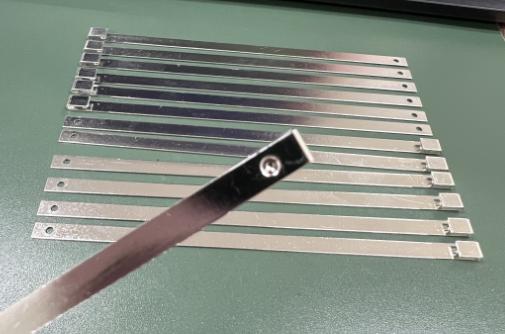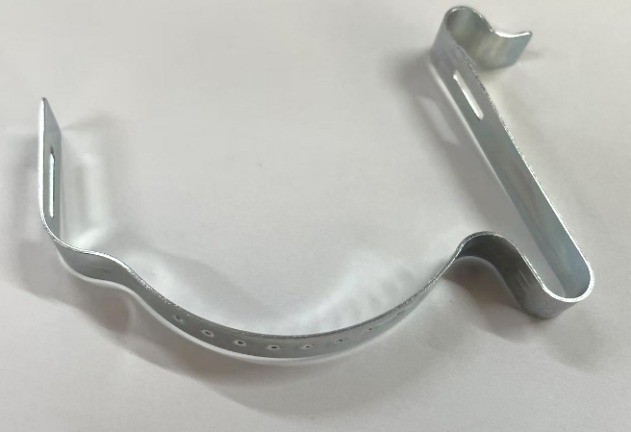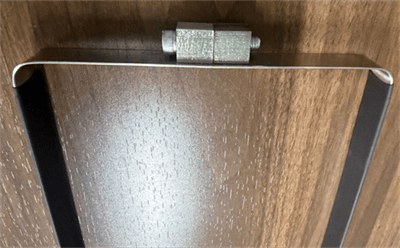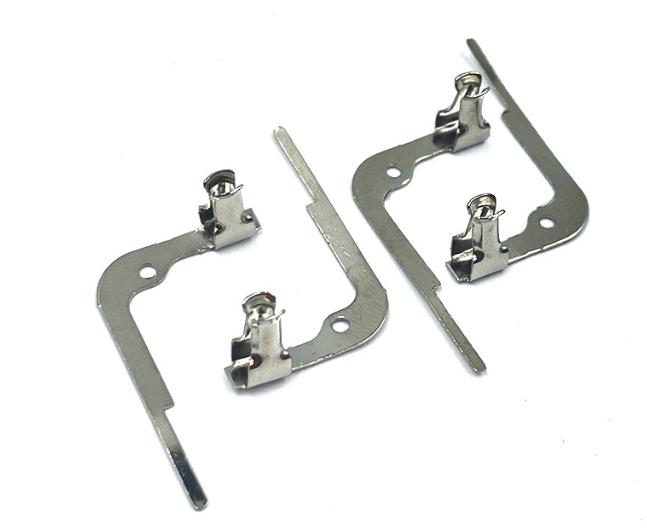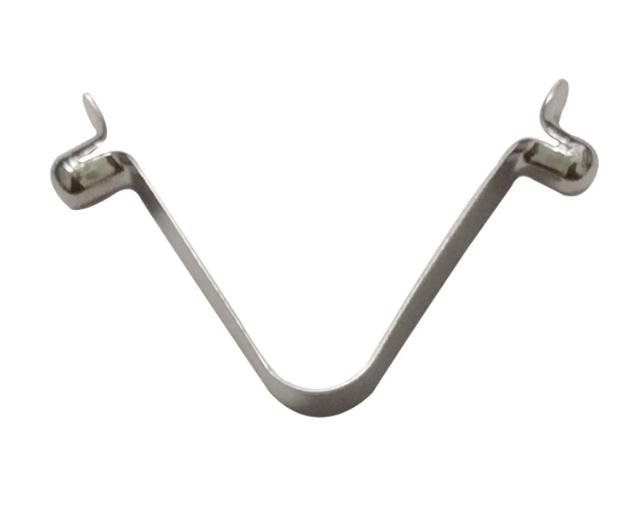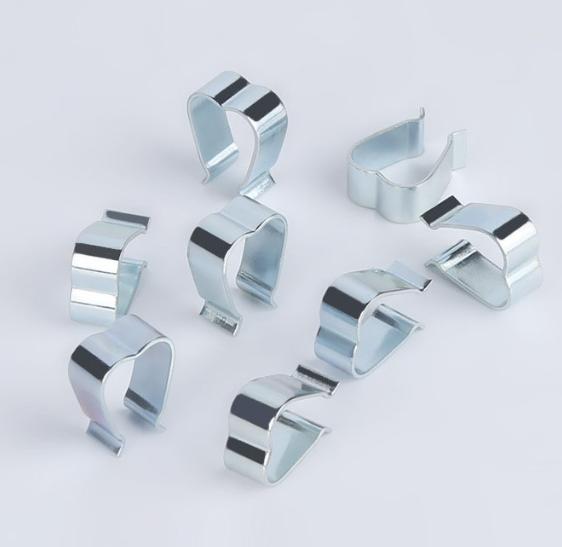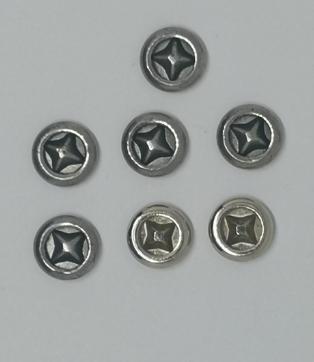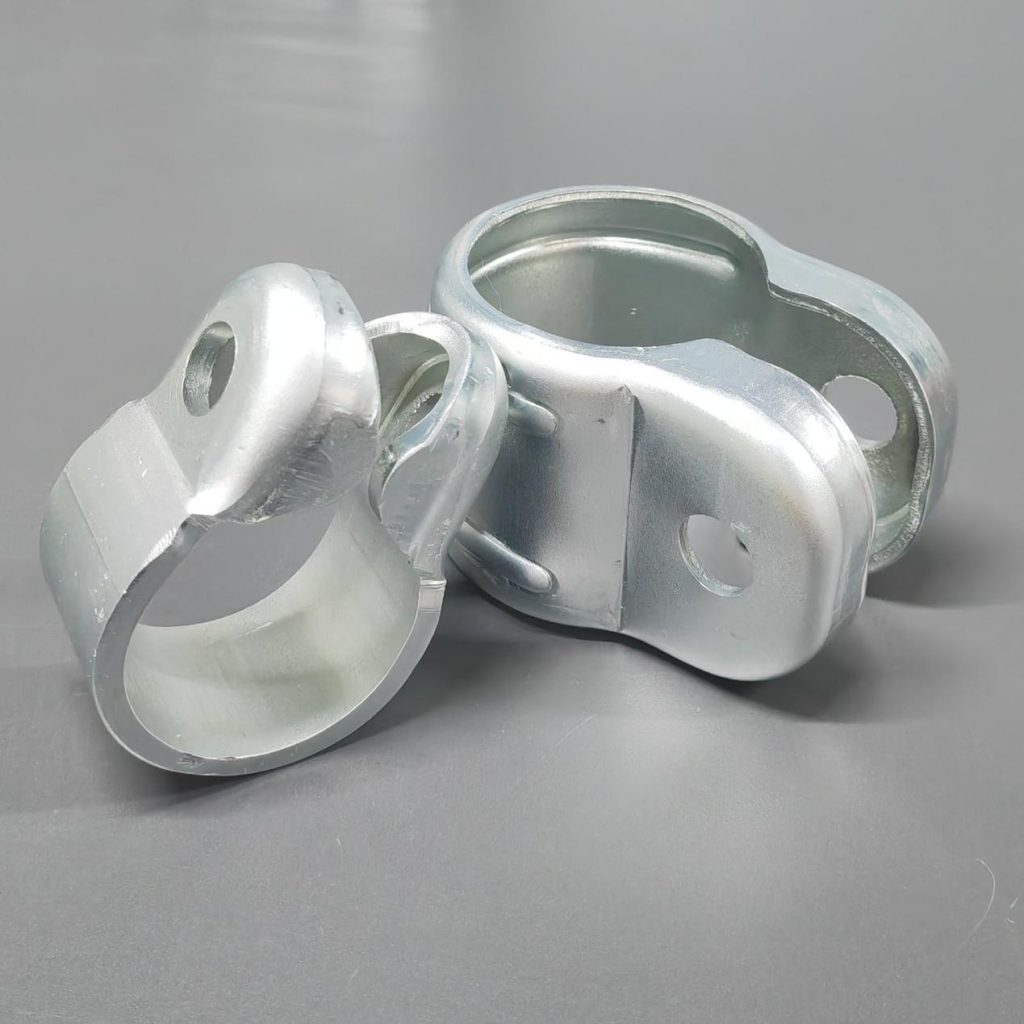What are the Latest Advanced Inspection Techniques in Metal Stamping?
Metal stamping is an important manufacturing process for shaping and forming metal sheets into various components for industries ranging from automotive to electronics. Manufacturers are resorting to innovative inspection techniques to maintain the integrity of their stamped metal products as demand for high-quality, accurate components continues to climb. In this article, we will explore some of the cutting-edge inspection methods employed in the metal stamping industry.
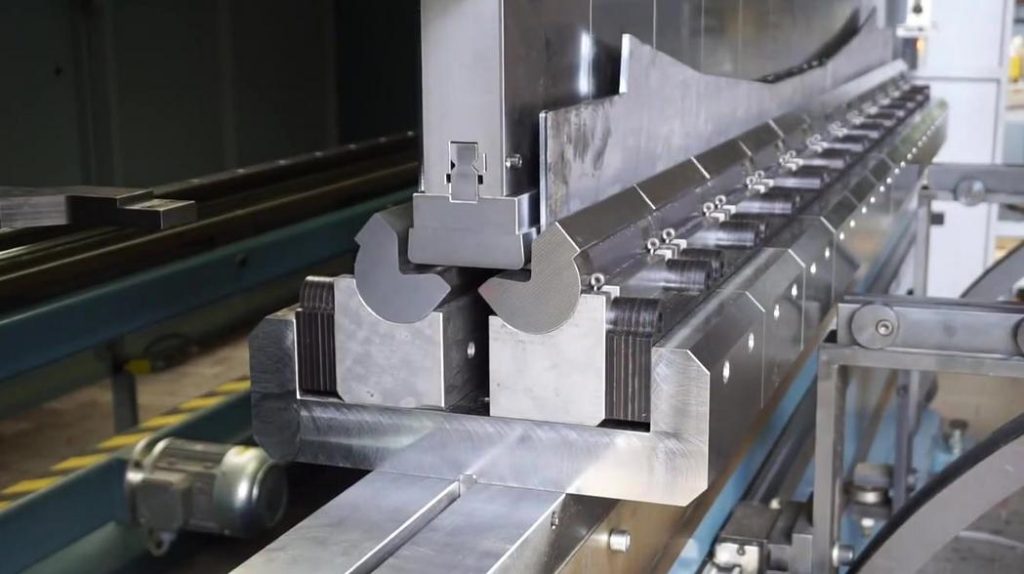
1. 3D Scanning Technology for Metal Stamping Inspection
The inclusion of 3D scanning technology is one of the most significant breakthroughs in metal stamping inspection. Traditional inspection methods frequently used 2D measurements, which could miss minor alterations in complicated geometries. 3D scanners, on the other hand, create a detailed three-dimensional representation of the stamped part, allowing for a more comprehensive analysis of its shape and dimensions. This technology enables manufacturers to identify and rectify defects with unparalleled accuracy.
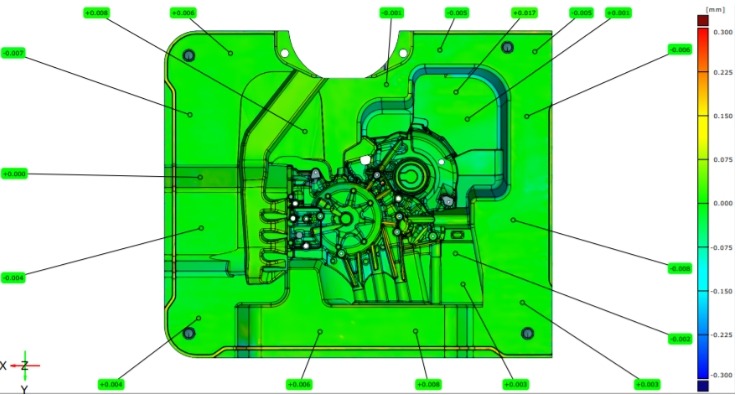
2. Computer-Aided Inspection (CAI) Method Used in Metal Stamping
Computer-Aided Inspection has transformed how manufacturers evaluate the quality of stamped metal parts. Manufacturers can automate measurements and swiftly compare them to digital design models by incorporating computer technology into the inspection process. CAI systems can detect deviations from specifications, assisting in the early detection of problems and ensuring that every part meets the needed requirements.
3. Non-Destructive Testing (NDT)
Non-destructive testing techniques are becoming more used in metal stamping inspection, allowing manufacturers to assess the material’s integrity without inflicting any harm. NDT methods used in metal stamping include ultrasonic testing, eddy current testing, and magnetic particle inspection. These approaches aid in the detection of hidden faults such as cracks or inclusions, maintaining the structural integrity of stamped parts.
4. In-Line Inspection Systems in Metal Stamping
To streamline the inspection process and minimize production delays, many manufacturers are adopting in-line inspection systems. These systems are integrated directly into the metal stamping machinery, allowing real-time monitoring of the production process. In-line inspection ensures prompt identification of any deviations from quality standards, enabling immediate adjustments to maintain product quality and consistency.
5. Advanced Vision Systems in Metal Stamping Inspection Process
Vision systems equipped with artificial intelligence (AI) and machine learning algorithms play a crucial role in the modern metal stamping inspection process. These systems can rapidly analyze visual data from stamped parts, identifying surface defects, variations in color, and even minute imperfections that may escape the human eye. By leveraging advanced vision technology, manufacturers enhance their ability to produce flawless components.
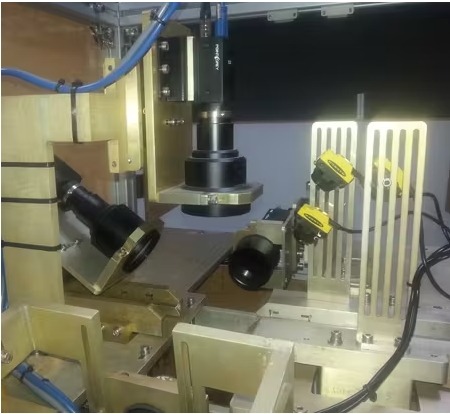
6. Statistical Process Control (SPC) in Metal Stamping Inspection Process
Implementing Statistical Process Control methodologies allows manufacturers to monitor and control the metal stamping process more effectively. SPC involves collecting and analyzing data throughout production to ensure that the process remains within specified tolerances. By continuously monitoring key process parameters, manufacturers can proactively address potential issues and maintain a high level of quality in their stamped metal products.
7. High-Speed Laser Scanning in Metal Stamping Inspection Process
Stamped metal parts can be inspected quickly and precisely using high-speed laser scanning technology. Laser scanners acquire precise surface data quickly, detecting defects, variances, or anomalies. This real-time inspection technology is especially useful for high-volume production since it ensures that each stamped part fulfills quality standards without slowing down the manufacturing process.
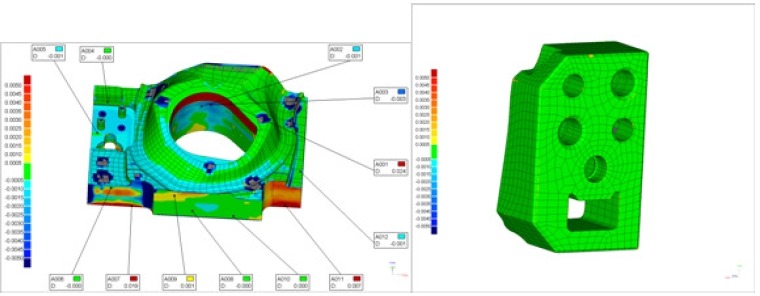
8. Eddy Current Testing for Metal Stamping Inspection
Eddy current testing is a non-destructive technique that detects surface and subsurface faults in metal by using electromagnetic induction. This method is particularly useful for checking conductive materials. Eddy current testing in metal stamping can detect cracks, voids, or differences in material composition, helping to the overall quality control of the stamped components.
9. Digital Twins for Process Simulation Used in Metal Stamping
Digital twin technology involves creating a virtual replica of the entire metal stamping process. Manufacturers can simulate the stamping operation and its impact on the material, allowing for a thorough analysis of potential defects before actual production begins. This proactive approach helps optimize the stamping process and minimize the likelihood of defects in the final products.
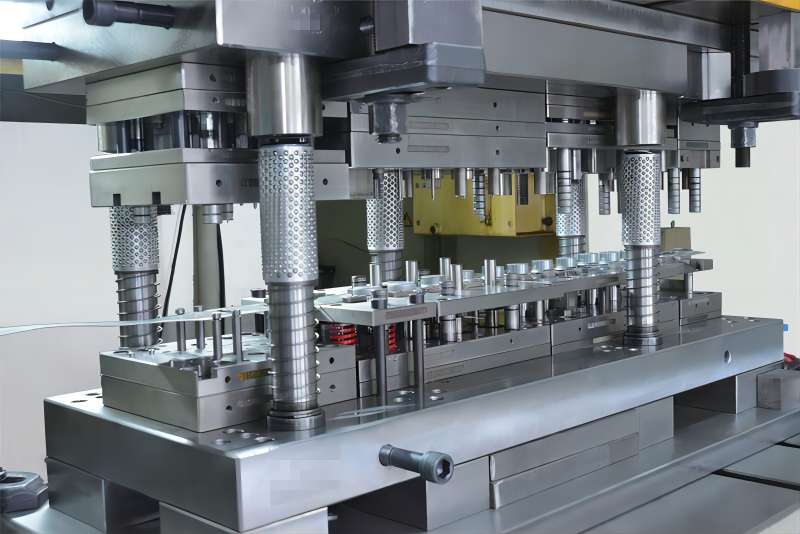
Conclusion
The metal stamping industry has witnessed significant advancements in inspection techniques, driven by the constant pursuit of precision and quality. The incorporation of 3D scanning, computer-aided inspection, non-destructive testing, in-line inspection systems, sophisticated vision systems, and other technologies has raised the quality assurance standards for metal stamping. These technologies work together to produce faultless, high-precision components, fulfilling the ever-increasing demands of industries that rely on metal stamping processes. As technology advances, the future holds even more sophisticated inspection methods that will improve the efficiency and dependability of metal stamping processes.

